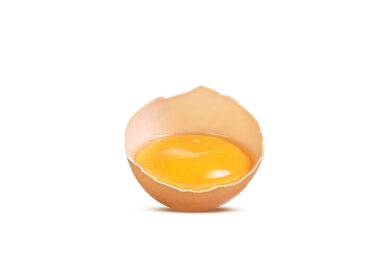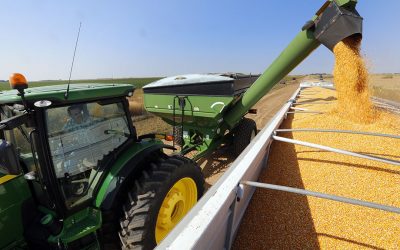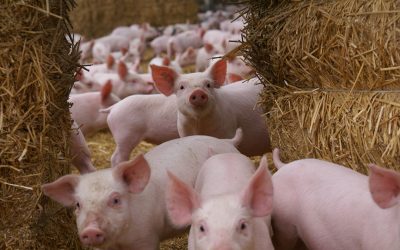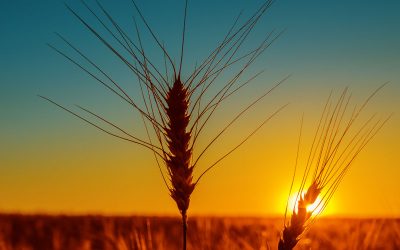Research: Corngluten good alternative for expensive grains
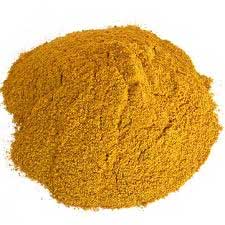
With the prices of cereal grains rising, opportunities to reduce feed costs in pig feeds by using alternative ingredients are being explored.
One source of alternative feed ingredients is co-products from the human food industries. However, little information has been published on the digestibility of energy in these ingredients.
Therefore, an experiment was conducted to determine the concentrations of digestible and metabolizable in hominy feed, bakery meal, corn gluten meal, corn gluten feed, and corn germ meal, and to compare these values with values obtained for corn and distillers dried grains with solubles (DDGS).
Experimental design
Fifty six barrows with an average initial body weight of 14.6 kg were allotted to a randomized complete block design and fed one of seven diets.
The first diet was a basal corn-based diet. Four additional diets were formulated by mixing corn and DDGS, corn gluten feed, corn gluten meal, or corn germ meal.
The final two diets were based on hominy feed and bakery meal.
Faecal and urine samples were collected and used to calculate the apparent total tract digestibility (ATTD) of energy and concentrations of digestible and metabolizable energy in each of the seven diets.
For corn, hominy feed, and bakery meal, values for digestible and metabolizable energy were calculated directly from the diets in which these ingredients provided all the energy.
However, for the diets containing corn and DDGS, corn gluten feed, corn gluten meal, or corn germ meal, values for digestible and metabolizable energy were calculated by subtracting the contribution from corn to the total energy in the diets and then assuming the remaining energy was provided by DDGS, corn gluten feed, corn gluten meal, or corn germ meal.
The winner: corn gluten meal
The ATTD of gross energy was greatest in corn (89.4%) and corn gluten meal (92.5%) (Table 1).
The ATTD of gross energy in bakery meal (88.2%) did not differ from that of corn, and was less than that of corn gluten meal. Energy digestibility in hominy feed (78.7%) was less than that of bakery meal, and DDGS (72.9%), corn gluten feed (70.6%), and corn germ meal (73.9%)had the least (P < 0.01) values for energy digestibility.
Corn gluten meal contained the greatest concentration of digestible energy at 5,379 kcal/kg of dry matter. Corn (4,032 kcal/kg), bakery meal (3,951 kcal/kg), and DDGS (4,062 kcal/kg) contained less digestible energy than corn gluten meal.
The concentration of digestible energy in hominy feed (3,819 kcal/kg) was less than that of DDGS, but did not differ from that of corn and bakery meal.
Corn gluten feed (3,553 kcal/kg) and corn germ meal (3,437 kcal/kg) contained the least digestible energy.
Corn gluten meal also contained the greatest concentration of metabolizable energy at 4,400 kcal/kg dry matter.
Corn (3,891 kcal/kg) and DDGS (3,694 kcal/kg) contained the next greatest concentrations of metabolizable energy. Hominy feed (3,675 kcal/kg) and bakery meal (3,655 kcal/kg) did not differ from DDGS, but contained less metabolizable energy than corn.
Corn gluten feed (3,169 kcal/kg) and corn germ meal (3,150 kcal/kg) contained the least metabolizable energy on a dry matter basis.
Key points
Hominy feed, bakery meal, corn gluten meal, corn gluten feed, and corn germ meal are co-products of the human food industries that may be of use as alternative feed ingredients for swine.
Of the tested co-products, corn gluten meal has the greatest value for apparent total tract digestibility of energy.
Energy digestibility for all tested co-products was greater than 70%.
Corn gluten meal contained the greatest concentration of digestible and metabolizable energy of the ingredients tested.
None of the other food industry co-products contained more digestible or metabolizable energy in kcal/kg than corn or DDGS.
Table 1 – Concentrations of digestible and metabolizable energy, and apparent total tract digestibility (ATTD) of feed ingredients, as-fed basis
Diet | ||||||||
Item | Corn | Hominy feed | Bakery meal | DDGS | Corn gluten meal | Corn gluten feed | Corn germ meal | P-value |
GE, kcal/kg | 3,924 | 4,407 | 4,098 | 4,769 | 5,102 | 4,324 | 4,184 | N/A |
ATTD of GE, % | 89.4ab | 78.7c | 88.2b | 72.9d | 92.5a | 70.6d | 73.9d | < 0.01 |
DE, kcal/kg | 3,498bc | 3,399c | 3,495bc | 3,556b | 4,896a | 3,051d | 3,073d | < 0.01 |
DE, kcal/kg of DM | 4,032b | 3,819c | 3,951bc | 4,062b | 5,379a | 3,553d | 3,437d | < 0.01 |
ME, kcal/kg | 3,375b | 3,271b | 3,233b | 3,235b | 4,006a | 2,721c | 2,817c | < 0.01 |
ME, kcal/kg of DM | 3,891b | 3,675c | 3,655c | 3,694bc | 4,400a | 3,169d | 3,150d | < 0.01 |
This report is based on unpublished research by O. J. Rojas and H. H. Stein. For more info on pig nutrition go to the website of Hans Stein.




